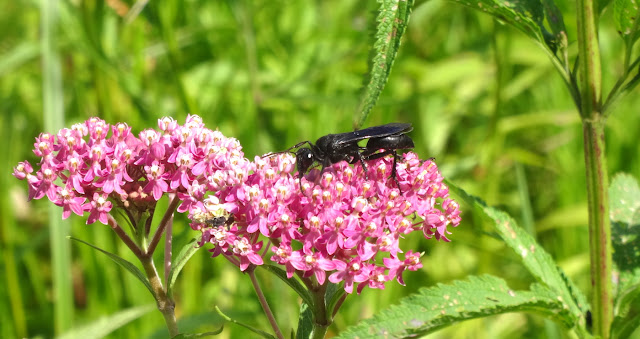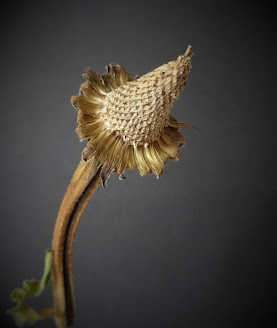You might see me pulling weeds, snipping tree sprouts, or clipping seed heads in the riparian buffer surrounding our pond. This is necessary to protect the pollinators, birds, and critters that depend on the native plants and the clean water in the pond. Fortunately, we have a wonderful variety of native wildflowers close to the pond that have been thriving and propagating for several years.
Unfortunately, the builder brought in soil during the last 12 months to finish the area beyond the native plantings. That soil contained a plentiful seed bank of invasive or harmful species. We now have a bothersome crop of knapweed, velvetleaf (shown above), mustard, ragweed, lambs quarter, crabgrass, dock, amaranth, spurge, and thistles surrounding the pond. They are competing with the desirable native plants like milkweed, aster, lobelia, boneset, chamomile, clover, daisy, echinacea, golden alexander, meadow rue, bee balm, penstemon, ironweed, mountain mint, vervain, silene, sunflower, and others.
To protect them, you will see me pulling, snipping, and clipping.































